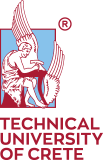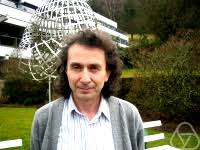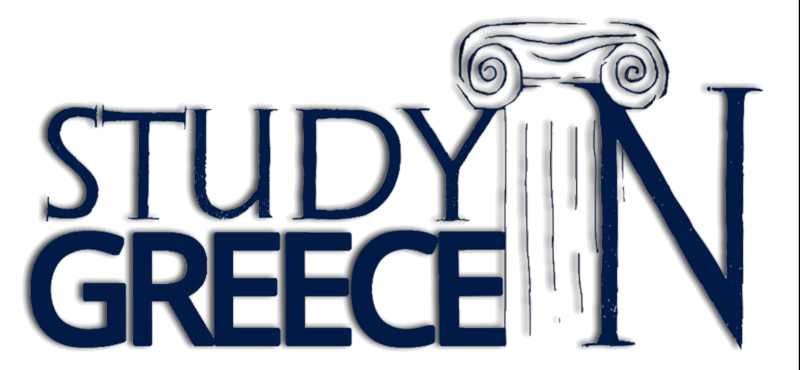Prof. Tomáš Roubíček (Charles University, Prague, and Czech Academy of Sciences), will deliver a talk entitled 'Modelling of various phase transformations in ferroic solids, in particular magnetic shape-memory materials' at the Technical University of Crete on November 22nd, 2018.
Abstract:
Various phase transformations in ferroic solids create in some sense spatially heterogeneous (and time-varying) fields (strains, or magnetisations, or polarizations, etc.) even in otherwise homogeneous continua, often exhibiting microstructure. Particular case is a mere mechanical transformation (martensite/austenite transformation in shape-memory alloys) or a mere magnetical transformation (ferro/paramagnetic transformation in ferromagnetic materials). Modelling of such multi-scale problems with microstructures can be done on several levels. A mutually coupled combination occurs in magnetostrictive materials such as NiMnGa. Moreover, such materials are electrically onductive, which leads to other coupling through induced magnetic field and produced Joule heat. After presentation of these phenomena, a thermodynamically-consistent model in terms of small-strain and eddy-current approximations will be formulated. Mathematical analysis as far as existence of weak solutions to such a coupled system of momentum equilibrium, Landau-Lifshitz-Gilbert equation, heat equation, and parabolic Maxwell system will be briefly outlined by a constructive method based on a carefully designed semi-implicit regularized scheme. Sometimes, such structural transformation can be activated by a fluidic-like consitutent propagating by diffusion driven by the chemical-potential gradient. Then still more coupled system arises. An example is a metal/hydride transformation under diffusion of hydrogen in Uranium- or rare-earth-based intermetalics.
















